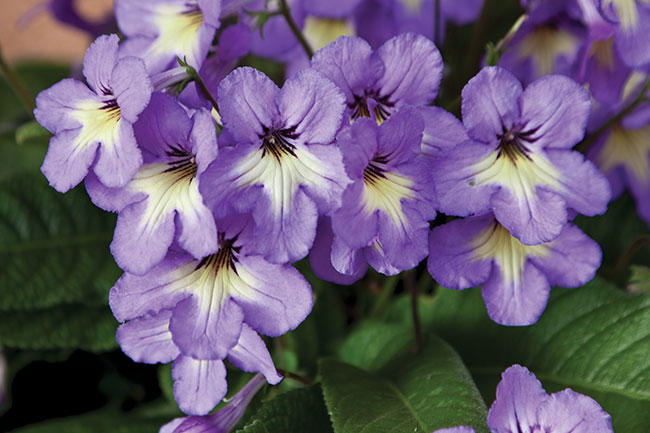
Culture Report: Streptocarpus Ladyslippers
A class houseplant selection that has undergone a reinvention is the streptocarpus. First documented for commercial use in England in 1818 by the Kew Gardens plant collector James Bowie and native to South Africa, streptocarpus production has been primarily achieved with private stock that has often been questionable in cleanliness.
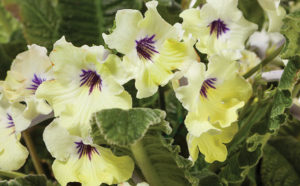
Tissue culture production has been very successful in recent years allowing for uniform commercial production. The delivery of tissue culture translates into full trays that finish on schedule versus leaf production that may have a five to six weeks difference in finishing.
RECENT RESURGENCE
Green Fuse Botanicals offers the Ladyslippers series in 12 bright, floriferous colors. Being day length neutral, the Ladyslippers can be in flower year-round. And, once initiated, they will bloom continuously regardless of light levels. I have several Ladyslippers in my home that have bloomed for years on end.
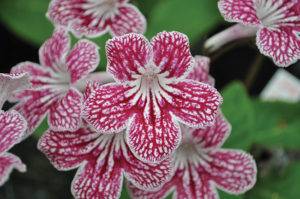
Streptocarpus have been well recognized as people-friendly plants, as they thrive in the environments we all prefer. If you are too warm or cold, so is the streptocarpus!
While they look delicate, they are an extremely resilient plant that ship well on racks or boxed. This promotes sales any time of year as spring color or to be positioned as a pot crop for interior sales.
For large-scale commercial production, it is best to focus on the “vein” flower types, indicated by “Ice” in the name. These “Ice” types will all flower uniformly and may load and ship as a “row run.” The novelty selections are indicated by “Bicolor.” While extremely popular, they are best for the grower/retailer, as they have a bloom window that may reach two weeks between the colors.
Blueberry
White Ice
Azure
PRODUCTION SEASONS
They can be grown in 4-inch to 12-inch pots for weekly sales or for spring production, combination baskets, or patio containers.
TCIII Propagation:
Propagation size is best at 100 cell or similar. Glue based plug is preferred, but loose fill is possible. Tenting to increase relative humidity to 75 to 80% is ideal. Media temperature should be maintained 72 to 74° F. Root zone emergence in four to five days.
Streptocarpus is not a heavy feeder; 55 to 65 ppm nitrogen is sufficient. Time in propagation is two weeks. Hardening phase is an additional four weeks at 65 to 68° F.
Light Level:
The recommendation is 1,000 to 1,500 foot-candle and slightly lower during summer conditions. The key is to keep leaf temperatures at minimum to prevent scalding or damage due to high leaf temperatures. Also, keep leaf temperature and irrigation water temperature differences at a minimum so not to damage leaf cells. Treat streptocarpus like African violets in management of light and temperatures. Sub irrigation is best for watering during the winter months in order to keep cold water from leaves and yellowing from cold temperature on warm leaves.
Temperature:
Keep night temperatures 65 to 68° F and day temperatures at 65 to 80° F. Warm day temperatures above 95° F will cause yellowing of foliage color and reduce flower size and longevity. Cooler temperatures will create a much longer growing period and other plant physiological troubles of roots and/or leaves. Cold temperatures are easily recognizable, as the leaf will turn purple.
 Media & pH:
Media & pH:
Allow soil to dry to “damp” condition between irrigation. Sub- irrigation is the best form of irrigation to keep water off leaves and flowers. In the afternoon, vent to help keep humidity levels low going into the evenings to control disease. Severe dry downs will stop flower initiation, which is about all that will stop the flower. After hydration it will begin to set new buds in 10 to 14 days.
Fertilizer Requirements:
Fertilize with 100 to 125 ppm nitrogen using a balanced feed to maintain color of foliage. No ammonium feeds (calcium and potassium nitrate-based feeds are best) help eliminate stretch and poor growth under lower light conditions. Include micro element source as part of the fertilizer solution. Limiting the amount of feed applied will eliminate salt build-up and possible damage to roots. Maintain EC at approximately 0.8 to 1.0 mmhos. A pH of 6.0 is proper for streptocarpus.
Pinching Requirement:
These varieties will flower early — the varieties will be smaller in size when they start to flower, so remove flowers for three to four weeks to keep plants clean and help promote growth of plants.
Transplanting:
When transplanting, the top of the liner should not be buried below new soil level. If crown of plant is buried, plant growth will be slowed, delayed or crown will rot. If the top of the liner is planted too high, finished plant may become floppy.
Growth Regulators: Spray applications of Sumagic or B-Nine are effective without concern of stunted growth. Use at label rates.
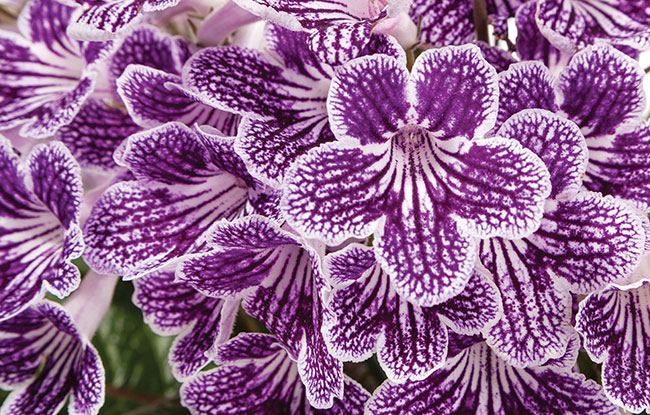

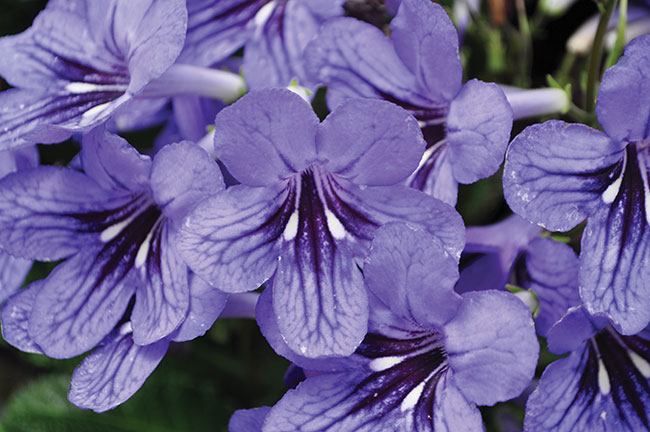
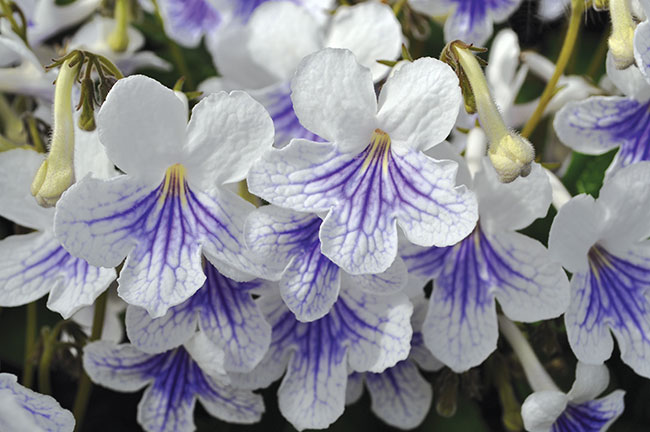
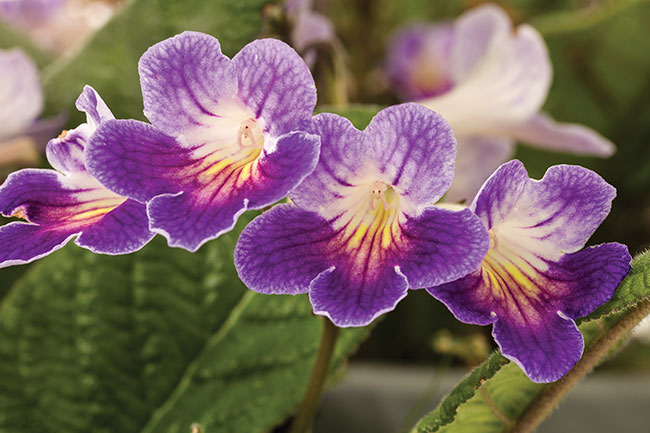

 Video Library
Video Library 




















